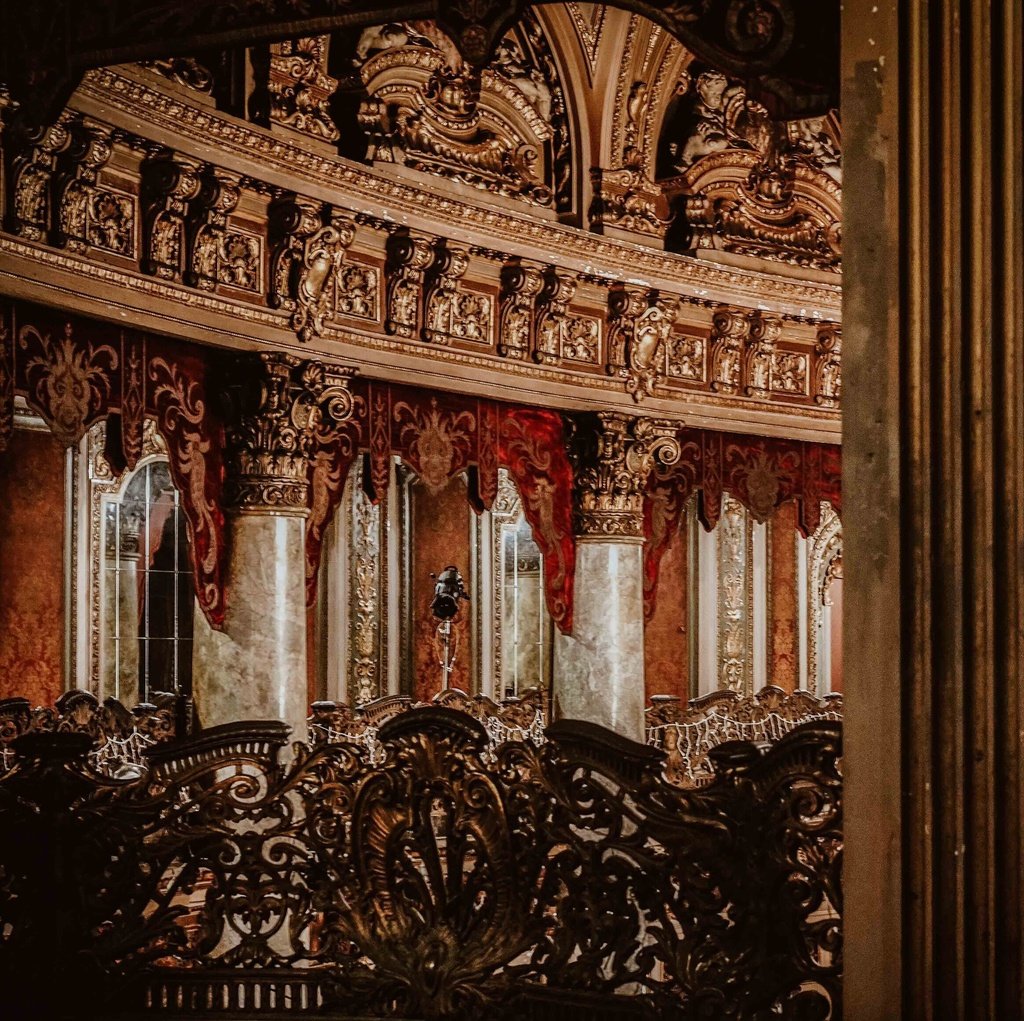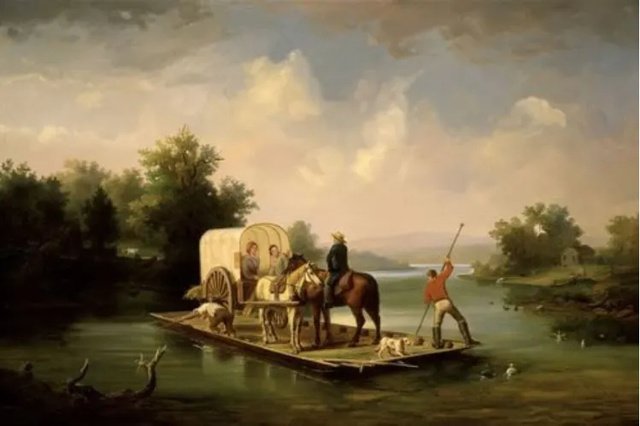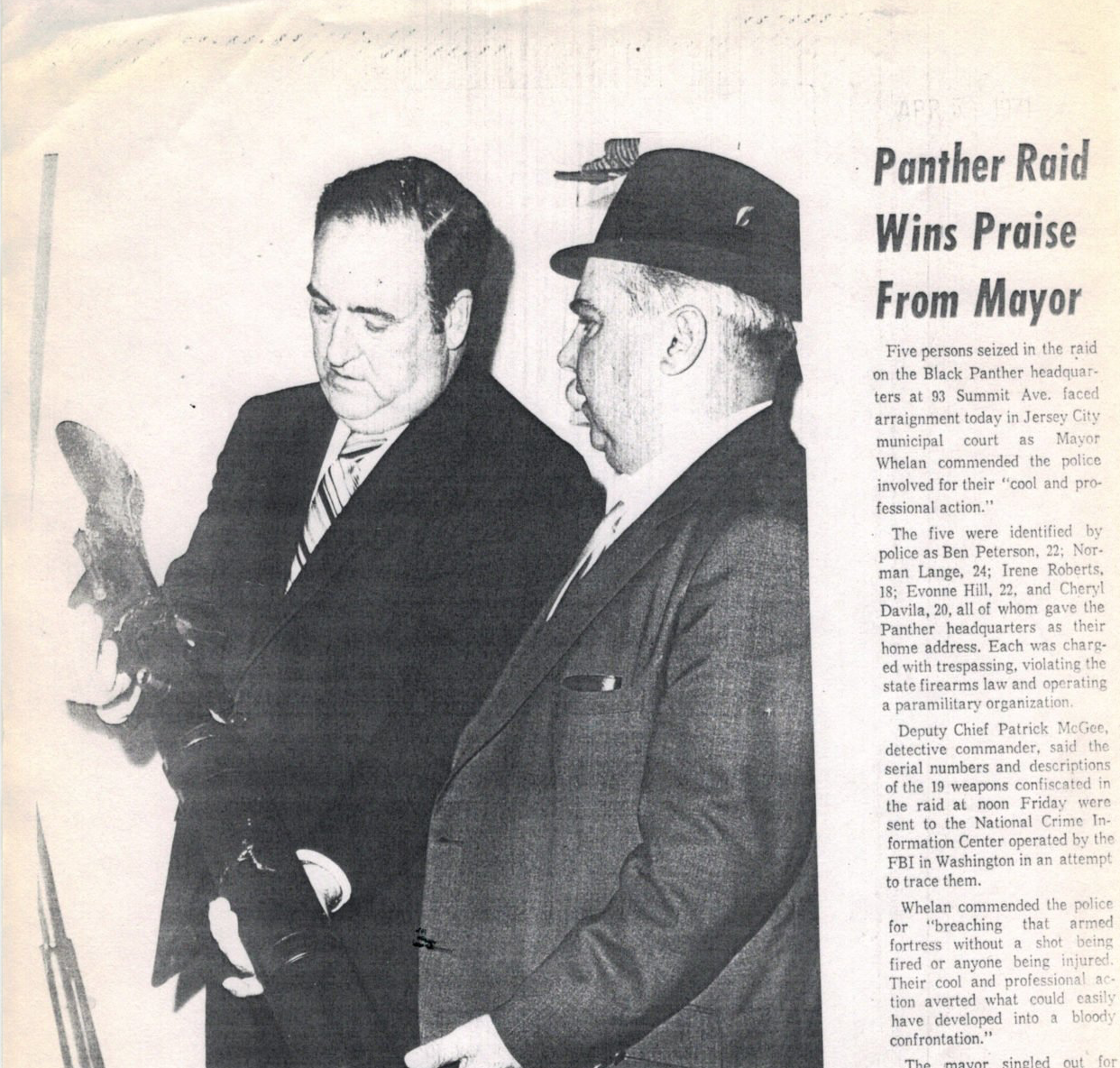A Curated Guide to Loews Theatre | Jersey City History
"Moviegoers packed sold-out theaters "en masse and also en masque," boosting not only morale but local economies.”
-San Francisco Chronicle, 1920s
Reuniting a Community after 1918 Spanish Flu and Today
After spending months absorbed in infection rates and death counts, financial, emotional, and physical security part of our everyday lives, the thought of assembling in a large theatre, surrounded by thousands of others sitting within close proximity to one another, seems surreal. But in a year in which our worlds were dominated by a devastating pandemic, there was a more hopeful storyline, one that starts and ends with the Loews Jersey Theatre’s role in uniting the Jersey City community.
“The three-story, domed oval lobby dripped in gilded ornamentation and plaster moldings, all crowned by a grand chandelier made of pre-war Czech crystal and held up by faux marble columns.”
The interior of the theatre is designed in the gilded, Baroque-Rococo style, described as “opulence unbound but with a purpose.”
Built in the early 1920s and opening its doors on September 28, 1929, this historic building serves as a reminder that although the world may experience tragedy, there is hope of returning to a sense of normalcy, beauty, and joy. Shortly after the Spanish Flu ravaged the country killing more than 650,000 people, architects designed this impressive 3,000 seat theatre to specifically attract entertainers and celebrities from nearby New York City to bring people together in an act of unity. Located In the bustling shopping and transportation district, the site of the theatre was selected by the Loew’s Corporation to declare its authority in the Film Industry but also to act as an entertainment hub in the area.
This landmark Loews Jersey Theatre represents a piece of Jersey City history greater than its commercial and railroad legacy. It had been a place that brought the community together after the pandemic, serving as a cinematic attraction through the Great Depression and World War II. It attracted audiences not simply for the arts and entertainment but also to the beauty of the building itself, its Baroque-Rococo exterior, and Italian Renaissance-style auditorium. According to the New York Times, “Reports of the theater opening describe an eight-foot, 150-year-old French Buhl clock, Dresden porcelain vases from the Vanderbilt mansion, bronze statues from France, crimson curtains embroidered with gold griffins and a turquoise-tiled Carrera marble fountain filled with goldfish.”
One of the five Loew’s wonder theaters built in 1920-1930, the Loews Jersey Theatre offered a variety of arts and entertainment options for every audience. The stage, designed for both film and live performances, was equipped with a full fly system attached to a 50-foot screen that could be moved in and out Including an orchestra pit and Robert Morton "Wonder Morton" Pipe Organ. Opening night in 1929 drew an impressive crowd to watch the film "Madame X". The audience received the added benefit of a live musical performance by Ben Black and his Rhythm Kings and the Loew’s Symphony Orchestra. It was quite a cultural event including a live jazz band, acrobats, comedians, and the very popular chorus girls all for the price of a ticket of 25 cents for general admission or 35 cents for a preferred seat.
“Reports of the theater opening describe an eight-foot, 150-year-old French Buhl clock, Dresden porcelain vases from the Vanderbilt mansion, bronze statues from France, crimson curtains embroidered with gold griffins and a turquoise-tiled Carrera marble fountain filled with goldfish.”
-As Reported by the New York Times
For 57 years, countless performances by big names such as composer/jazz performer Duke Ellington, Jackie Coogan who played Uncle Fester in the Addams Family, and the little drummer boy Bing Crosby took place on this historic stage. It is even rumored that Frank Sinatra was inspired to become a singer after witnessing for himself the wonder and spectacle of the stage at the Loews Jersey Theatre. Unfortunately, attendance at the iconic theatre dropped as patrons moved out to the suburbs, it was a time when the massive movie screens of the megaplexes were becoming the rave.
“The Italian Renaissance-style auditorium boasted 1,900 seats with an additional 1,200 on the balcony. Since the stage was meant for both film and live performances, it was equipped with a full fly system attached to a 50-foot screen that could be moved in and out.”
At the front of the stage is a tripartite orchestra pit which once held the Robert Morton “Wonder Morton” pipe organ. With 4 manuals and 23 ranks, it is known to be tonally powerful while retaining a refined, symphonic sound.
After remaining vacant for more than a decade and in desperate need of repair, the theater was purchased by a developer in 1987 and was scheduled for demolition. The members of the Jersey City community, recognizing its iconic value and historical representation, petitioned the city council with more than 10,000 signed petitions to purchase the property with the expectation of returning it to its original state of glory. It had been originally built and used as a center of arts and entertainment for the community and the residents of Jersey City wanted to restore its purpose. As of 1993, the city purchased the historical building for $325,000 and the restoration process painstakingly began.
Members of the community, known as the Friends of the Loews, dedicated countless man-hours and years of hard work to return the Loews Theater to a place that represents historic Jersey City. From removing gum from under the chairs to chipping away paint, volunteers have carefully and lovingly taken this once abandoned and forgotten building and repositioned it as a cultural hub serving the diverse community of Jersey City. Most recently, the theater was used for Martin Scorsese's film "The Joker".
“A shrine to democracy where there are no privileged patrons.”
A place for everyone.
The Future of the Loew’s Jersey Theatre
It seems full circle that following yet another pandemic, this historic theater is getting a breadth of new life reclaiming its historical title as one of the most beautiful and well-respected theaters in the world. With the help of a $70 million restoration grant the cherished Loew’s Jersey Theater in Journal Square will once again be the gathering place for bringing the community back together -proving that although Jersey City and society may be beaten down by pandemic, abandoned, and left in disarray, it can and will be restored to greatness bringing joy and happiness to all.
For more information on the Loews Jersey Theatre revitalization journey from a century-old theatre into a future state-of-the-art, 3,000 person venue please visit LoewsJersey.org




























